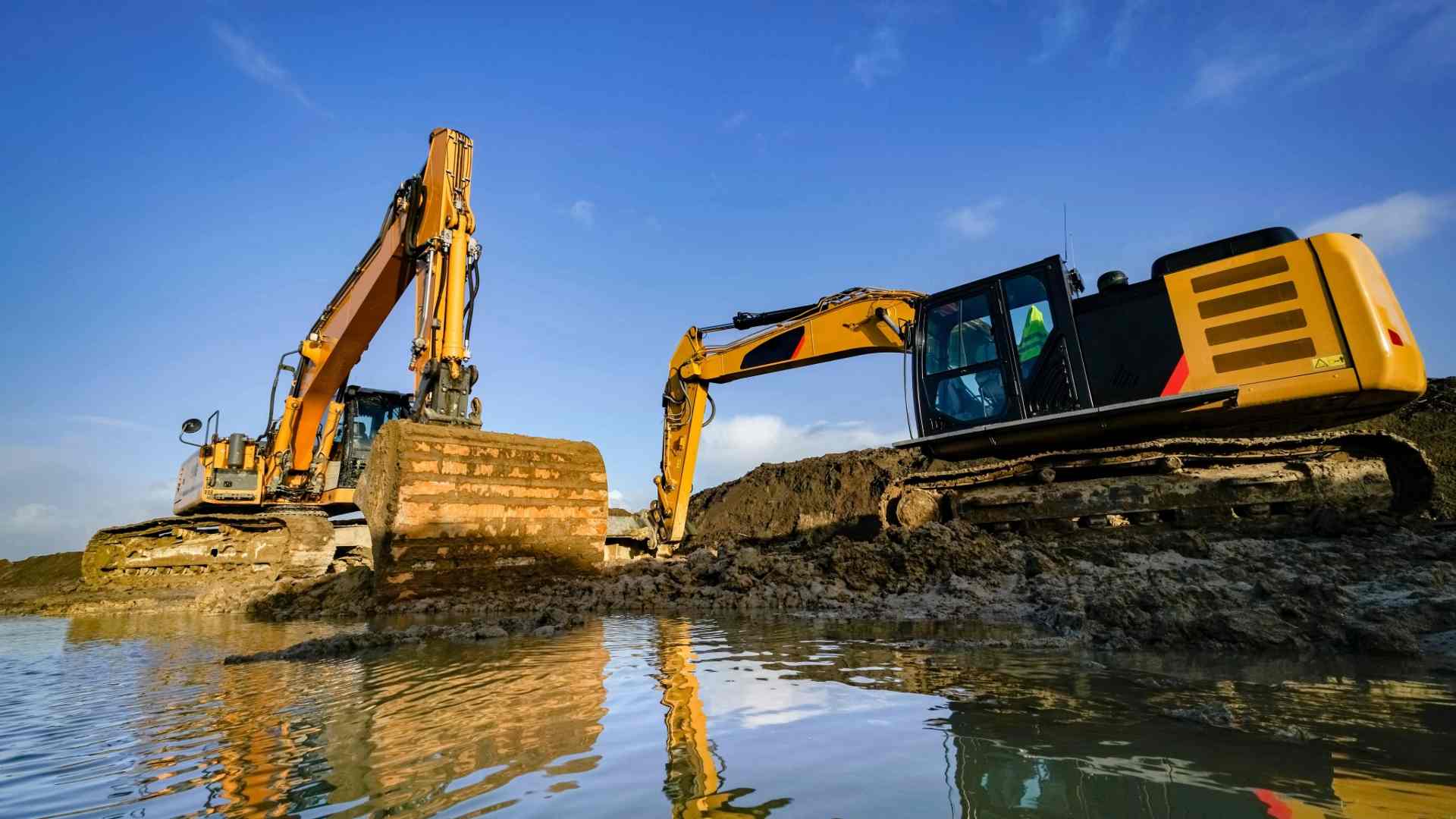Introduction
The Morobe gold dredging project in Papua New Guinea is gaining momentum, drawing attention from both mining industry stakeholders and environmental observers. As gold prices remain strong globally, initiatives like the Morobe project highlight the evolving role of dredging in modern mineral extraction. With a focus on efficiency, sustainability, and community impact, this project provides an insightful case study on how gold dredging is shaping economic development and environmental management in the region.
What is Gold Dredging?
Gold dredging is a process that involves excavating sediment from riverbeds, floodplains, or underwater alluvial deposits to extract valuable minerals, primarily gold. Unlike hard rock mining, which involves tunneling into ore bodies, dredging is often used in placer mining where gold particles have been naturally deposited in water channels over time.
Modern gold dredging typically employs large mechanical or suction dredges that can efficiently remove sediment and process it onboard to recover fine gold particles. The process involves screening, sluicing, and, in some cases, chemical separation, depending on the grade of the ore. In the case of Morobe, a mix of traditional techniques and modern equipment is being utilized to maximize gold recovery while managing environmental risks.
Progress of the Morobe Gold Dredging Project
Located in the Morobe Province of Papua New Guinea, the project targets rich alluvial gold deposits in river systems and nearby wetlands. Since its inception, the project has undergone several phases, including geological surveys, feasibility studies, environmental assessments, and regulatory approvals.
In recent months, the project has entered the operational phase, with several dredging units deployed in targeted river channels. These dredges are operating under carefully monitored guidelines that include sediment control, water quality testing, and community consultation.
Key milestones so far include:
- Successful deployment of floating dredging platforms
- On-site gold recovery and processing systems
- Training programs for local workforce participation
- Initial gold yield reports indicating commercial viability
The project is overseen by a joint venture involving local stakeholders and international mining firms, ensuring both economic viability and alignment with regional development goals.
Dredging Methods Used in Morobe
The dredging techniques employed at the Morobe site are designed to minimize ecological disruption while maximizing resource recovery. The two primary methods in use are:
1. Suction Dredging
This method uses a powerful vacuum to draw sediment from the riverbed through a floating pipeline. The material is then processed on a barge to separate gold particles. Suction dredging is more efficient and less invasive than mechanical dredging, making it ideal for use in narrow or ecologically sensitive rivers.
2. Mechanical Dredging
In areas where sediment is compact or access is limited, mechanical dredging using excavators or bucket dredgers is employed. These machines scoop material from the riverbed and transfer it to processing units. At the same time, more physically disruptive, mechanical dredging is necessary in certain zones with heavy sedimentation or debris.
Both methods include onboard systems for filtering, washing, and separating gold from sediment. Waste material is typically returned to the river in a controlled manner or relocated to approved containment areas.
Environmental Impact and Management
Dredging, especially in riverine and wetland environments, poses environmental risks if not properly managed. Potential issues include:
- Increased turbidity and reduced water quality
- Disruption of aquatic habitats and species migration
- Alteration of natural flow patterns and sediment deposition
The Morobe gold dredging project addresses these concerns through a comprehensive environmental management plan. Measures include:
- Regular water sampling to monitor turbidity and contaminants
- Installation of silt curtains and sediment traps
- Seasonal restrictions to protect breeding and spawning cycles
- Reclamation efforts to restore disturbed riverbanks and vegetation
Independent environmental consultants and government regulators are actively involved in oversight, ensuring that the project adheres to national and international standards.
Economic and Community Impact
Beyond mineral extraction, the Morobe gold dredging project is expected to generate significant economic benefits for the region. These include:
- Job Creation: The project has already created employment opportunities for residents, from dredge operators to support staff and environmental monitors.
- Infrastructure Development: Road upgrades, power supply extensions, and river transport systems associated with the project benefit surrounding communities.
- Revenue Generation: Royalties and taxes from the project contribute to local government budgets, enabling reinvestment in essential public services such as health and education.
- Skills Training: Workforce development programs are equipping local people with technical and managerial skills that will be valuable long after the project’s completion.
Importantly, community consultation has been a key part of the project’s implementation. Indigenous landowners, environmental groups, and local leaders have been involved in decision-making processes, ensuring that cultural and ecological values are respected.
Looking Ahead
As the Morobe gold dredging project continues to evolve, it will serve as a benchmark for striking a balance between economic development and environmental stewardship. By adopting responsible dredging practices and fostering local partnerships, the project exemplifies a modern approach to resource extraction—one that prioritizes sustainability alongside profitability.
Through ongoing monitoring and adaptive management, the project seeks to minimize long-term ecological impacts while maximizing benefits for the people of Morobe Province. In doing so, it contributes to the broader conversation about how gold dredging can be carried out responsibly in some of the world’s most biodiverse and culturally rich regions.
